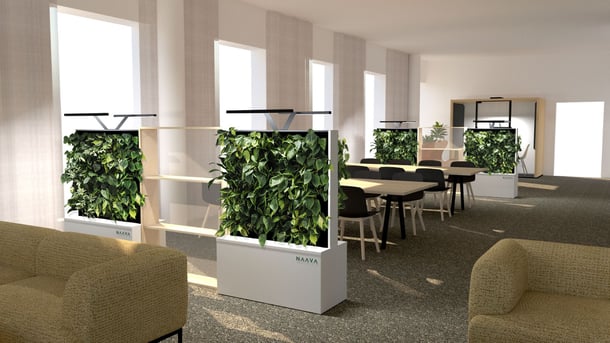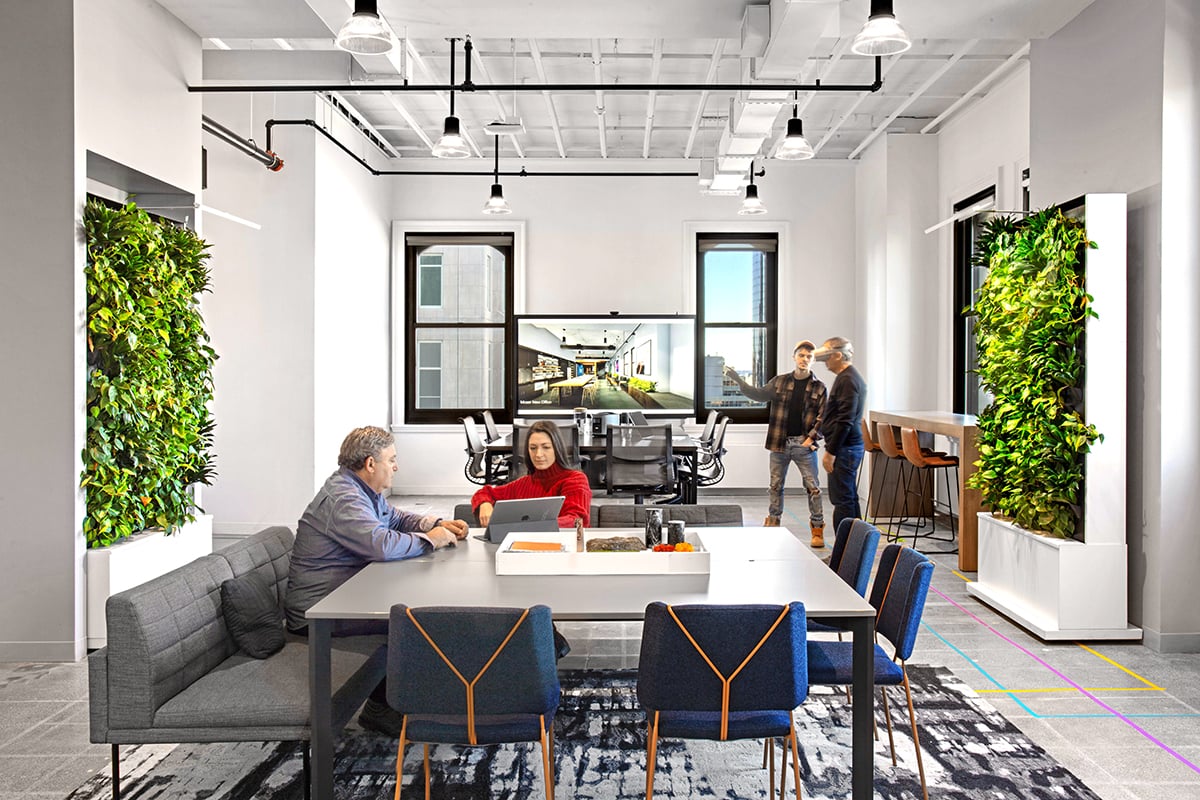Editorial Posted by Naava on March 28, 2022
5 Bulletproof Ways To Retain Your Best Talent
What does YOUR company do to make employees want to stay?
It is no secret that hefty salaries move mountains, but as today's business leaders have learned - or are still learning - "the great resignation" has led to employees walking out of their jobs in record numbers, due - in part - to the COVID-19 pandemic. This has created an unprecedented challenge for today's HR professionals to determine the key elements that will help them retain their best talent.
And while some employers are being forced to evaluate flexible work schedules, telecommuting options, and work-from-home avenues, others have brick-and-mortar locations that simply cannot be served by these alternatives.
During the beginning of 2020, many companies were pushed to quickly find remote work solutions for their employees to keep their businesses going. Millennials - the largest workforce in history - have made it clear that their needs are different from their generational predecessors.
Fortunately, there are five bulletproof ways you can retain your best human capital, while also maintaining a high standard of workplace enjoyment, productivity, and employee health and well-being.
.jpg?width=610&name=Naava%20%26%20Svea%20Ekonomi%20(1).jpg)
1. Allow For Open Communication
Today's employees want to feel valued and appreciated. This means more to them than pay and benefits. They want to feel like they are a part of something bigger than themselves, rather than just a cog on a wheel.
In past generations, employees would typically come to work, clock in, do their job, and return home. Every day. Nowadays, however, employees want to be a part of the mission and vision of their employers.
Encourage your employees to brainstorm and share their thoughts and feedback. Experts have found that open communication in the workplace has five key positive outcomes:
- More transparency
- Better conflict resolution
- Increased morale and motivation
- Better team-building
- Improved innovation
Encourage open communication by offering brainstorming sessions, listening intently to your employees, and setting an example by communicating openly yourself.
(1).jpg?width=610&name=Naava%2c%20Heltti%2c%20Nespresso%20%26%20BE%20WTR_web%20(9)(1).jpg)
2. Provide Breaks As Needed
In an office setting, employees will be frequently found sitting for hours each day which is not only uncomfortable but also unhealthy. Health experts report that sitting for long periods of time increases your risk of conditions like obesity, high blood pressure, or even death. Further, skipping lunch (or eating lunch at your desk) is known to cause burnout and employee discontent.
As we have learned with remote work, being able to take necessary breaks to refresh our minds and bodies is helpful to maintain productivity. As long as your workers are getting their jobs done, encourage an environment that allows them to take a few minutes when their eyes or backs could use a break.
.jpg?width=1200&name=Vallila%20(1).jpg)
3. Be Flexible
Flexibility has become a common theme in today's workforce. For some employers, it is easy enough to provide. But, for others, it can pose a challenge since many jobs cannot be carried out from home. However, being flexible does not automatically have to mean you are offering a work-from-home scenario.
Rather, consider alternative hours or workweeks. A popular trend in many different regions of the world is the four-day workweek which studies have shown to have positive effects for employees and employers alike.
.jpg?width=610&name=Hanken%20(2).jpg)
4. Encourage Growth
It is not very motivating to work for a company that does not promote growth, both personal and professional. Since today's employees want to feel valued, offering opportunities for growth - and recognizing growth - encourage employee loyalty.
Conversely, employees who grow with their company also encourage the growth of the company. There are many ways you can encourage growth within your workforce:
- Offer free classes
- Offer incentives for new certifications or qualifications
- Have monthly meetings where employees - in a casual way - discuss what they are currently reading and what they are learning from it
- Provide promotions when employees reach the right potential
- Offer tuition reimbursement
In regard to this, there are also countless free online classes, depending on your industry. Take time to find out which ones might be best for your employees and your business. As employees grow, so will your business.

5. Make The Office More Comfortable
According to research, the top reason why employees leave is an uncomfortable working environment and/or working conditions. Thankfully, there are several ways to make your office more worker-friendly, and far more productive and healthy.
Improve Lighting
All lighting is not equal, and when we are in an office, getting natural sunlight is not always an option. Whether it is too much lighting, not enough lighting, or the wrong kind of lighting, having poor lighting can affect everything from productivity to employee health. According to experts, poor lighting can lead to "eye‐strain, fatigue, headaches, stress and accidents". On the other hand, good lighting is linked to improved productivity and reduced errors.
Incorporate Plants
When we work in an office, we do not always have access to the peace and beauty of nature. However, the health benefits of plants cannot be ignored. Not only do plants and greenery improve concentration and memory, but elements like flowers also create happiness. Green foliage can even improve human performance and speed up healing.
If your office space is limited, there are many creative ways you can still incorporate greenery into your office without taking too much space. From green walls to hanging plants, incorporating nature into your environment helps in countless low-maintenance ways.
Check The Air Quality
Poor air quality can have a dire impact on employee productivity, happiness, and health. There are air filter systems that can be used to ensure the air your workers are breathing is high-quality and refreshing instead of stale air that can deplete their motivation and zap their strength.
Update Outdated Furniture
You might have the latest designs, but do you have the most comfortable ones? From conference tables and chairs to your employees' workstations, just because you spend a lot of money on the latest office chairs, does not mean they are the best for your workers. Get feedback from your employees about the comfort they feel with the furniture around your office space.

